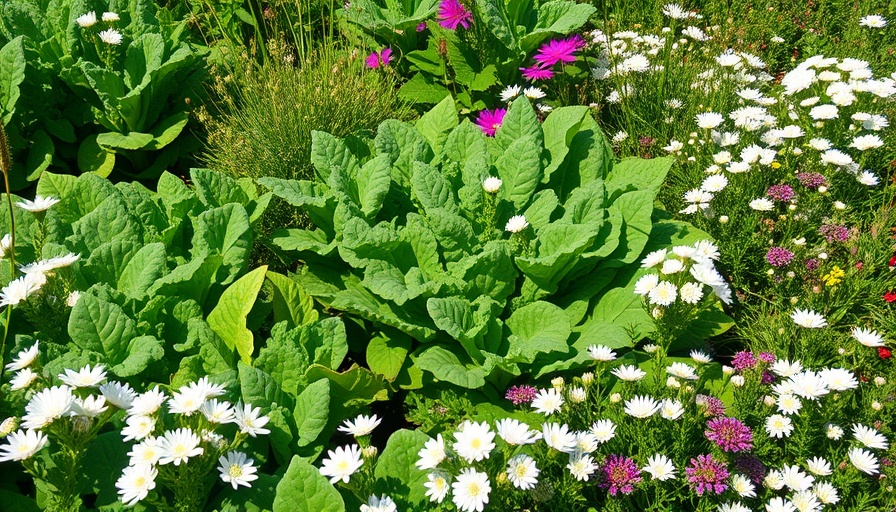
Embrace the Bloom: The Significance of National Plant a Flower Day
Every year on March 12, individuals across the United States partake in a blossoming tradition known as National Plant a Flower Day. This occasion marks not only a seasonal shift towards spring but also underscores the profound impact that flowers have on our environment and community. Celebrating this day can elevate our gardens while contributing to a more sustainable world.
Why Plant Flowers? Beyond the Aesthetics
Flowers transform landscapes, adding vibrant colors and soothing fragrances to our gardens. However, their value extends beyond mere aesthetics. As highlighted in recent observations, incorporating flowers into our outdoor spaces plays a crucial role in supporting local ecosystems. By planting native species, gardeners can create habitats that sustain pollinators like bees and butterflies, which are essential for maintaining biodiversity in our environment.
The Connection Between Flowers and Pollinators
This year, the importance of planting flowers gains added urgency due to the declining populations of pollinators—particularly monarch butterflies. According to reports from the World Wildlife Fund, the eastern monarch butterfly has seen its habitat dwindle to alarming numbers. By planting flowers that cater specifically to these pollinators, like milkweed and native wildflowers, we can establish a support network crucial for their survival.
Planting Techniques to Maximize Success
For those eager to cultivate a beautiful garden this March, understanding effective planting techniques is essential. Here are some actionable insights:
- Select Native Flowers: Native plants are adapted to local climates and require less maintenance.
- Consider Soil Conditions: Ensure the soil is rich and well-drained to give plants a solid foundation.
- Water Wisely: Regular watering helps establish new plants while avoiding overwatering, which can cause root rot.
- Use Organic Fertilizers: Enhance soil quality without harmful chemicals that could negatively affect pollinators.
Community Engagement: Planting Together
The act of planting should not be an isolated endeavor. Many communities organize events around National Plant a Flower Day, wherein individuals gather to plant flowers in parks, schools, and local gardens. These activities not only beautify neighborhoods but also foster connections among residents, inspiring a shared love for nature and gardening.
The Healing Power of Flowers
Interestingly, flowers have been associated with numerous health benefits. Studies show that gardening can reduce stress levels and improve mental well-being. The simple act of tending to a garden or planting flowers provides therapeutic benefits, reinforcing the intrinsic relationship between nature and human health.
Future Predictions: What Lies Ahead for Gardening Enthusiasts?
As climate change continues to impact our planet, knowledge about which plants are resilient in changing conditions becomes increasingly valuable. Gardening in the context of sustainability will likely evolve, with a focus on preserving native species and fostering pollinator habitats. Gardening enthusiasts can expect to embrace more eco-friendly practices and innovations aimed at enhancing biodiversity and sustainability.
Take Action: Make This Year Count
This National Plant a Flower Day, consider how your gardening decisions can resonate beyond your yard. By planting flowers that nurture local ecosystems and brighten communities, you play a vital role in building a healthier environment. Whether you manage a sprawling garden or a small balcony space, your efforts can contribute to a larger cause. Grab your gardening tools, select your favorite blooms, and immerse yourself in this joyful tradition of planting!
 Add Row
Add Row  Add
Add 






Write A Comment